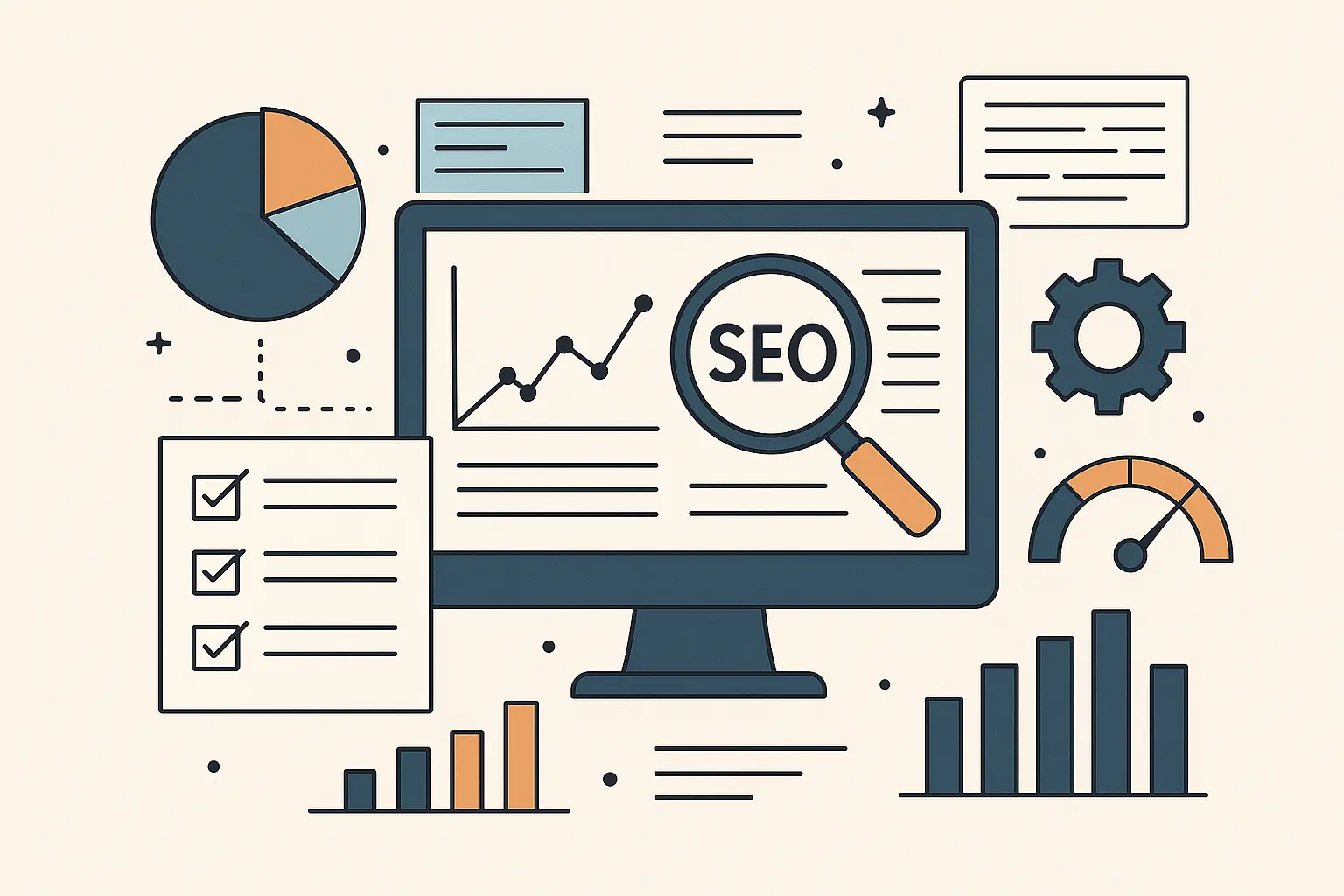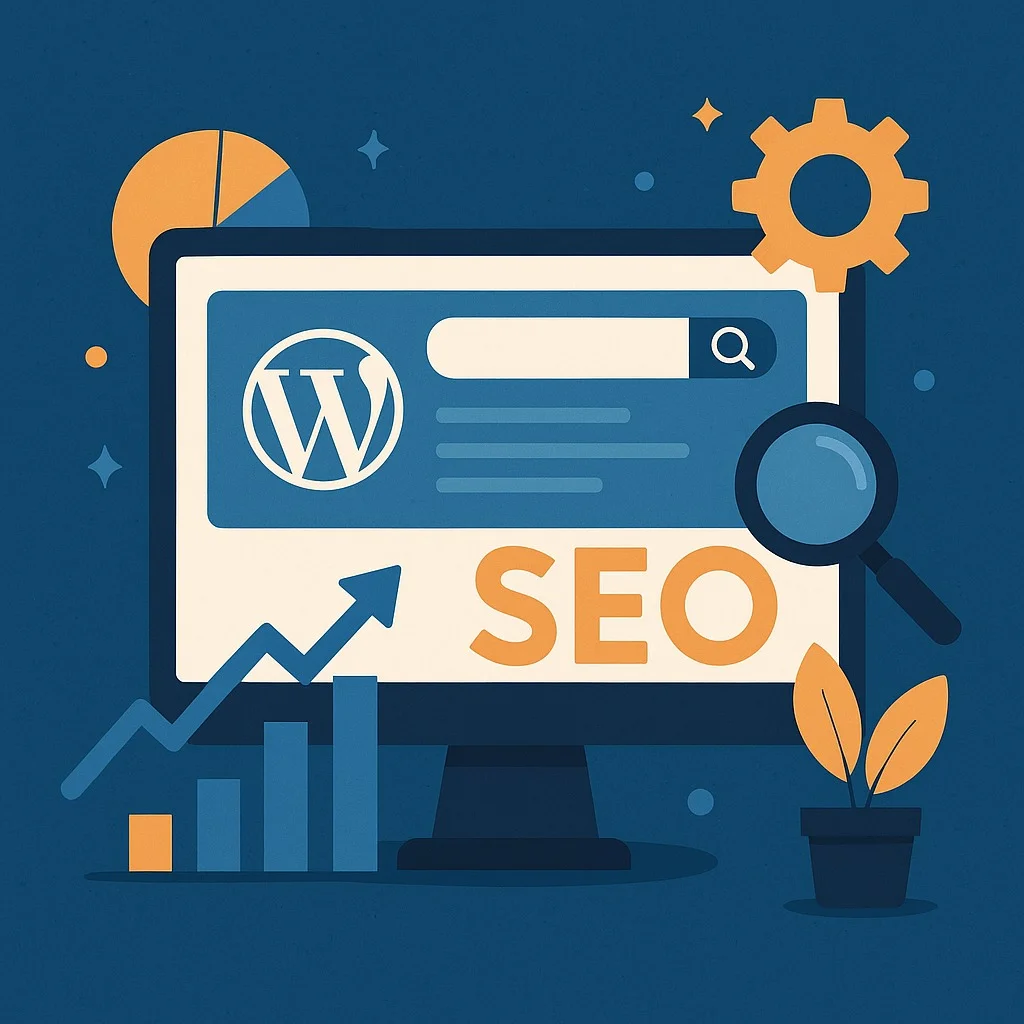Building a website may seem straightforward, but real success depends on far more than choosing a template and uploading content. After working with businesses, we’ve seen how small, avoidable web development mistakes can stall growth, hurt user experience, and even expose security vulnerabilities. If you’re planning a new build or considering a redesign, contact VexNex to ensure your project avoids these costly pitfalls.
To help you avoid these traps, here are common 10 (and affordable-to-fix) web development mistakes, along with practical advice to steer your site in the right direction.
1. Mobile Optimization: Why It’s Essential
Mistake: Designing only for desktop users.
Impact: More than 50% of web traffic is mobile. Poor mobile experiences lead to high bounce rates and lost conversions.
Fix:
- Use responsive frameworks (e.g., Flexbox, CSS Grid, Bootstrap).
- Test layouts across multiple devices and screen sizes.
- Prioritize mobile usability from the start.
Tip: Mobile-first design often proves cheaper to implement than retrofitting a desktop-only site later.
2. Improve Website Speed for Better UX
Mistake: Using oversized media files, bloated code, or excessive plugins.
Impact: Slow pages frustrate users and hurt your Google ranking.
Fix:
- Compress images and use modern formats (like WebP).
- Minify CSS/JS files and remove unnecessary scripts.
- Limit third-party plugins and scripts to essentials only.
Bonus: Choose a performance-focused hosting provider with excellent uptime and support.
3. Create Clear, User-Friendly Navigation
Mistake: Confusing or overloaded menus.
Impact: Users can’t find what they need quickly, and leave.
Fix:
- Keep navigation clean, logical, and intuitive.
- Use breadcrumb trails and internal linking for deeper navigation.
- Test user flows to ensure key actions are easy to complete.
Avoid: Dropdown overload. Use clear categories and subcategories instead.
4. Boost Conversions with Strong CTAs
Mistake: Leaving users unsure what to do next.
Impact: Reduced conversions, lost leads.
Fix:
- Use bold, clear CTAs like “Get a Quote” or “Start Free Trial.”
- Position CTAs strategically throughout each page.
- Maintain visual consistency with buttons and prompts.
Guideline: Every page should serve a purpose and guide users toward a goal.
5. Fix Broken Links to Protect SEO
Mistake: Forgotten pages, expired URLs, or 404 errors.
Impact: Damaged credibility and SEO performance.
Fix:
- Use link-checking tools regularly (e.g., Screaming Frog, Ahrefs).
- Implement 301 redirects for outdated pages.
- Create custom 404 pages that help users recover.
SEO Note: Broken links can devalue your site’s authority in Google’s eyes.
6. Follow SEO Best Practices for Visibility
Mistake: Ignoring meta tags, alt text, sitemaps, and clean URLs.
Impact: Low visibility in search engines.
Fix:
- Add unique meta titles and descriptions for each page.
- Use descriptive alt text for all images.
- Submit XML sitemaps and set up a robots.txt file correctly.
- Maintain clean, readable, keyword-friendly URLs.
Remember: Good SEO is not just about keywords, structure matters just as much.
7. Keep Website Design Simple and Effective
Mistake: Cramming too many features or visual elements on one page.
Impact: Slow performance and overwhelmed users.
Fix:
- Prioritize clarity over complexity.
- Embrace white space and visual hierarchy.
- Simplify the user journey with clear steps and minimal clicks.
Less = More: Don’t confuse innovation with clutter. Focus on function.
8. Make Your Site Accessible to All Users
Mistake: Excluding users with disabilities.
Impact: Legal risk, SEO loss, and alienated audiences.
Fix:
- Add descriptive alt text to images.
- Ensure strong color contrast and readable font sizes.
- Make the site navigable via keyboard (without a mouse).
- Follow WCAG 2.1 guidelines.
Accessibility = Inclusion + SEO Bonus. Everyone benefits from better design practices.
9. Maintain Consistent Branding Online
Mistake: Incoherent use of colors, fonts, and styles.
Impact: Weak brand identity and a disjointed user experience.
Fix:
- Create and follow a brand style guide.
- Use consistent fonts, colors, and visual hierarchy across all pages.
- Embed brand personality in tone, layout, and imagery.
Tip: Your website should “feel” like your brand in both aesthetics and messaging.
10. Test Your Site Across Browsers and Devices
Mistake: Assuming your site works everywhere just because it looks good on one browser.
Impact: Poor usability for some users, especially on older devices.
Fix:
- Test in Chrome, Safari, Firefox, Edge, and major mobile browsers.
- Use tools like BrowserStack or LambdaTest.
- Ensure compatibility across desktops, tablets, and mobile devices.
Don’t forget: Tablet views and older phones still account for significant traffic.
Ignoring Website Security
Mistake: Skipping HTTPS, outdated plugins, and no backups.
Impact: User data is exposed, and Google may flag your site.
Fix:
- Install an SSL certificate (free via Let’s Encrypt).
- Keep CMS, themes, and plugins updated.
- Set up regular backups and malware monitoring tools.
Trust = Security. A single vulnerability can undo months of hard work.
Final Thoughts
Creating a successful website goes beyond aesthetics. It’s about building a reliable, responsive, and user-focused experience that works across all devices, and search engines. By addressing these affordable but essential web development mistakes early, you set the stage for long-term growth.
Optimize for speed.
Design with mobile and accessibility in mind.
Stick to consistent branding and messaging.
Test everything, and update regularly.
(FAQs)
Q1: Why is mobile optimization so important for my website?
Mobile devices account for over half of all web traffic. A mobile-optimized site improves user experience, reduces bounce rates, and positively impacts search engine rankings.
Q2: How can I improve my website’s loading speed without a big budget?
Compress images, minimize code, limit unnecessary plugins, and choose a reliable, performance-focused hosting provider to enhance speed without significant expense.
Q3: What are some quick fixes for broken links on my website?
Use link-checking tools to identify broken URLs, set up 301 redirects for moved pages, and create custom 404 error pages to guide users back to useful content.
Q4: How do I ensure my website is accessible to all users?
Follow WCAG 2.1 guidelines by adding alt text to images, using sufficient color contrast, ensuring keyboard navigation, and selecting readable fonts and sizes.
Q5: Why is website security important, and what basic steps should I take?
Security protects user data and maintains your site’s credibility. Essential steps include installing SSL certificates, regularly updating software, and implementing backups and malware monitoring.








